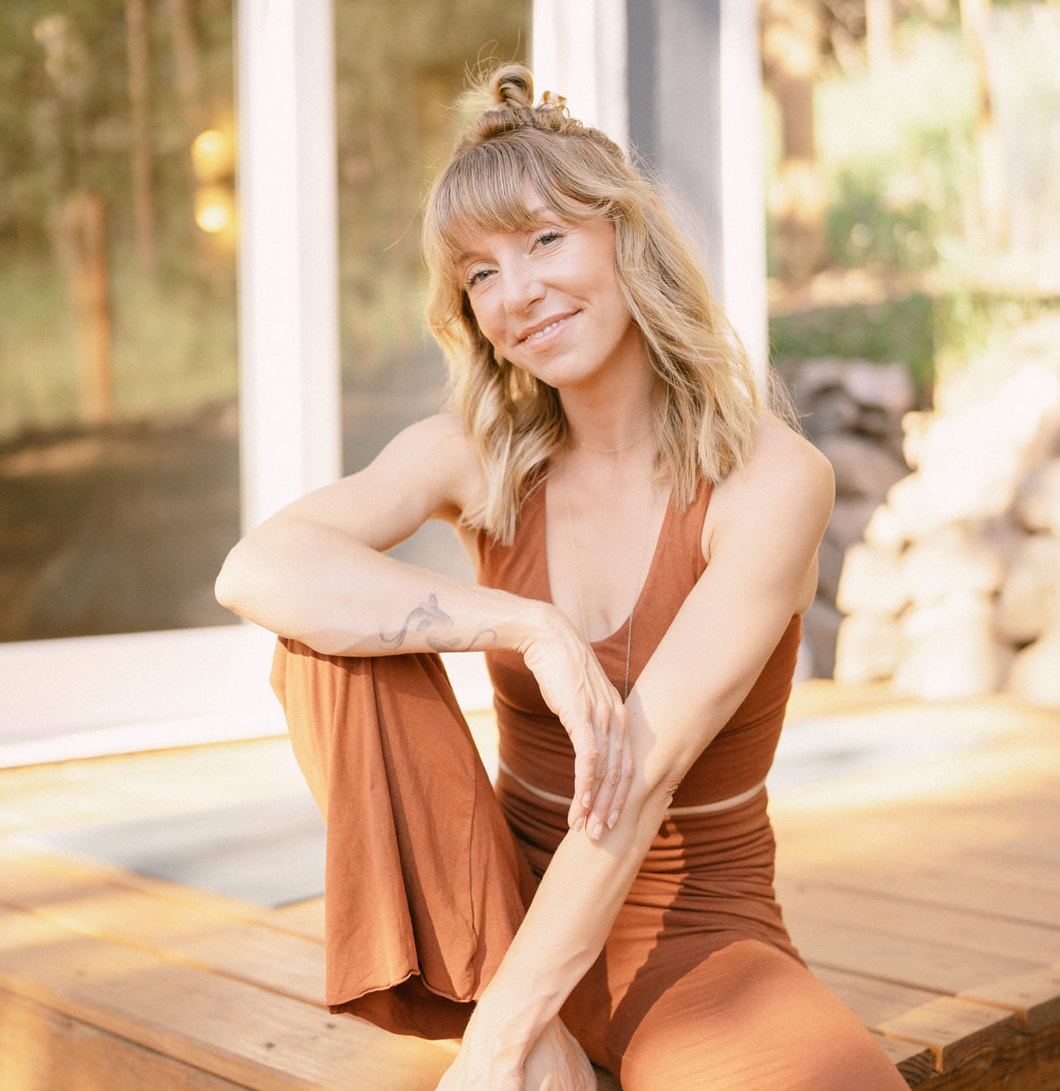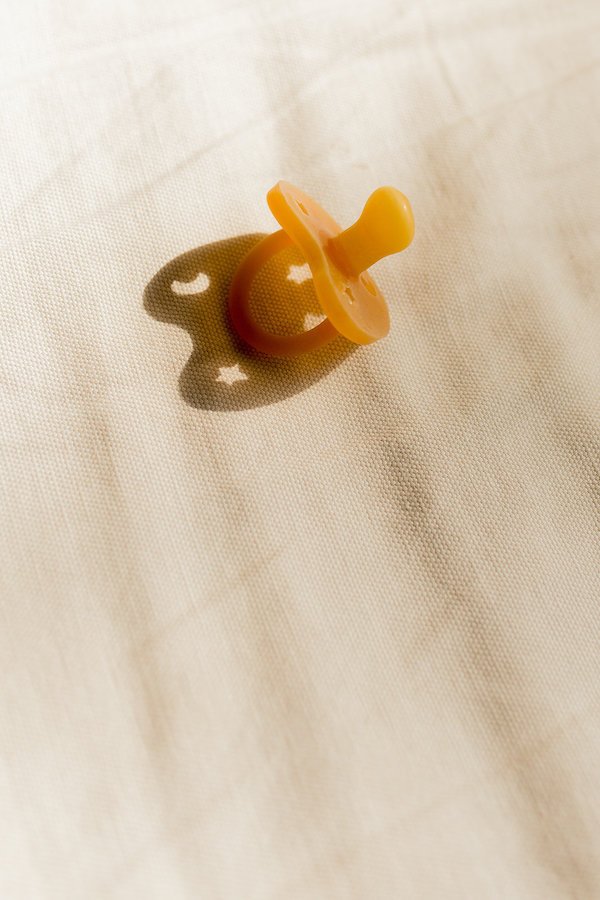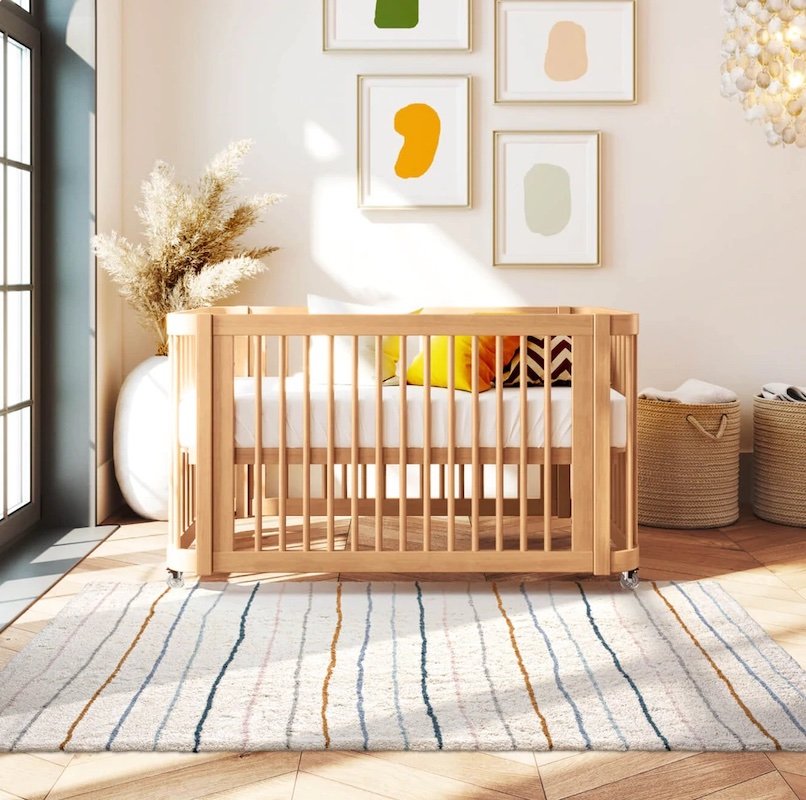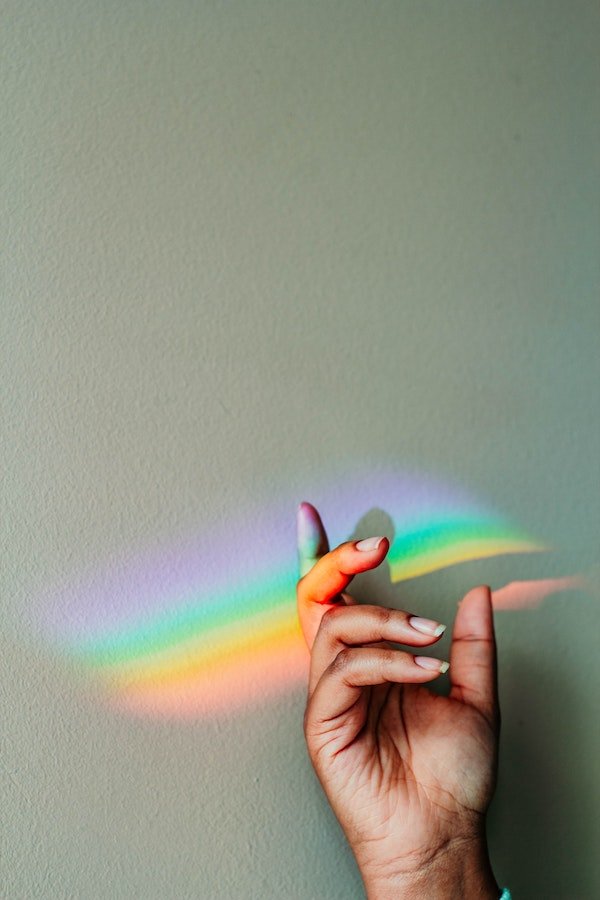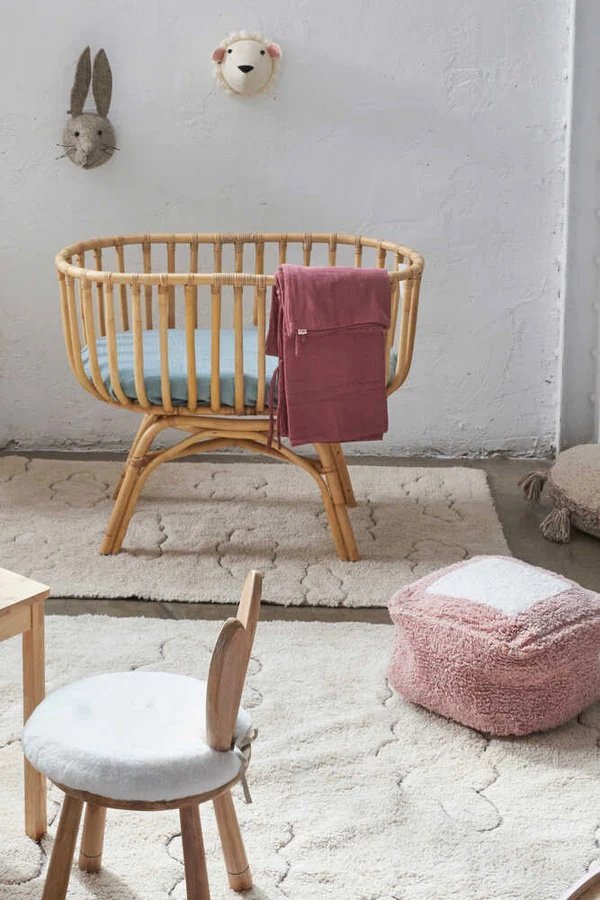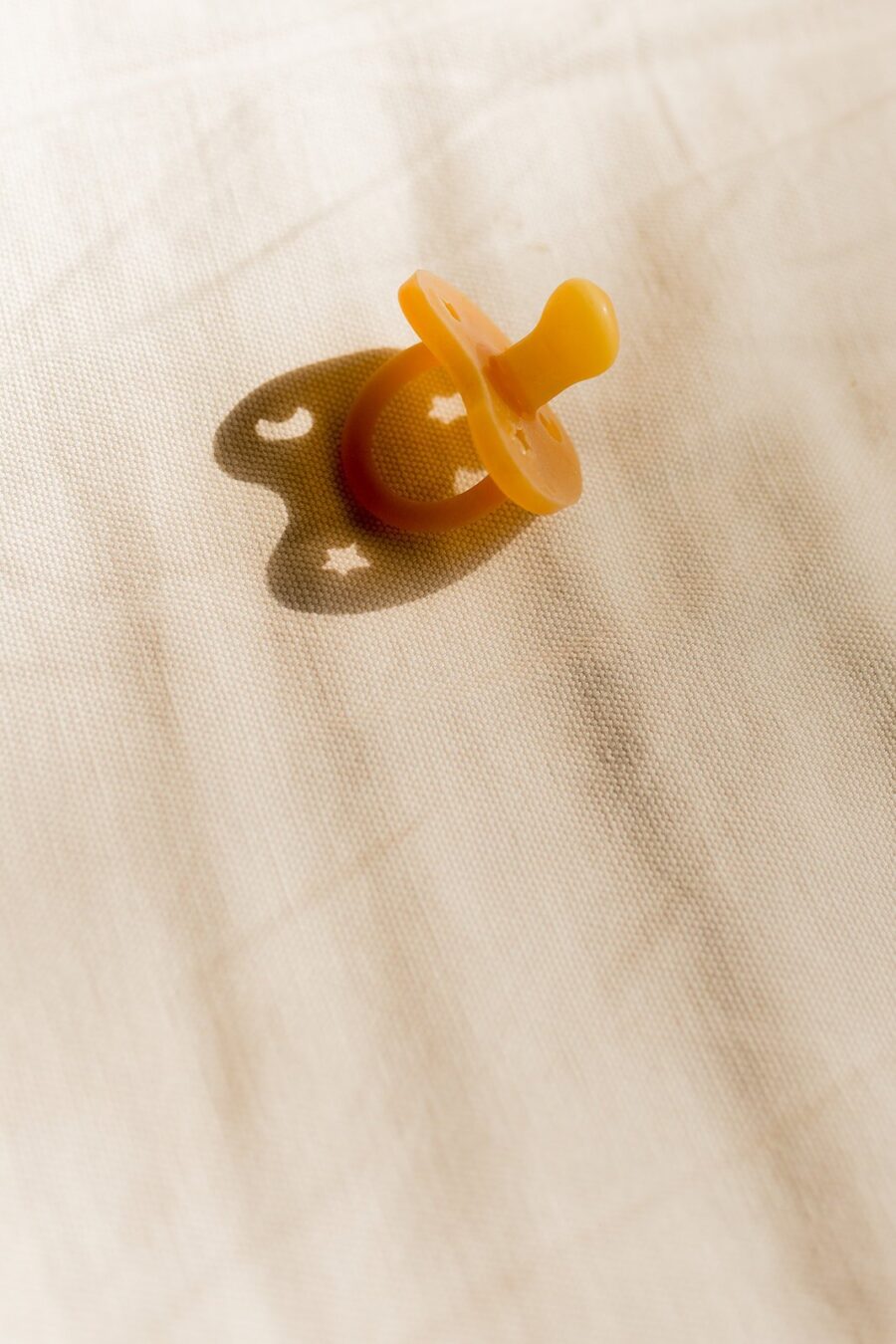
Why I Won’t Be Creating A Nursery For My Newborn
How We’re Nesting For Our Baby In A Small Space
When my husband and I found out we were pregnant, we had to have a conversation about the space in our home. We rent a two-bedroom, and while it’s a lovely, humble home that we’re excited to start a family in, there are limitations with how much we can change. And we don’t want to give up our only guest room for a nursery—instead, keeping it available for grandparents, friends, and family to support us during postpartum—but this means having to get creative with how we prepare our space.
While creating a nursery is a beautiful way to nest in preparation for your little loved one, the reality is that most people don’t have the means or the room to create a fancy space solely for their newborn—even if marketing and social media tell us otherwise. I could easily feel overwhelmed by this, and in my pregnancy journey so far, I’ve experienced comparison in many forms. But I’m learning that comparison can also be an opportunity to think about what we already have; it can help usher us back into our own values.
“People around the world raise children in small spaces and with little ‘baby equipment,’ and nesting is a beautiful ritual for parents-to-be, no matter how it looks.”
People around the world raise children in small spaces and with little “baby equipment,” and nesting is a beautiful ritual for parents-to-be, no matter how it looks. The key is to prepare however works best for you and your family.
So, rather than feeling the overwhelming pressure to upheaval our living quarters, I’m reminding myself that what’s most important is feeling supported, comfortable, and healthy. Here are a few values my husband and I are prioritizing as we prepare for our baby:
Comfort is a priority. For us, nesting looks like making our house as comfortable as possible. For example, we’re spending money on a new couch and other furniture that can support us throughout postpartum. We’re also rearranging our closets and storage spaces to clear out what we no longer need and make room for our baby’s accessories. The goal is to remove as much clutter as possible and focus on the objects that will serve our family best when this tiny human enters our home.
Transitional objects are key. Of course, nursery or not, we will invest in a crib, but one that will transition and grow with the baby. We have our eyes on the Nestig crib, as it converts to different sizes. For the first six to 12 months, the baby will be in our room—sleeping in the mini crib to start. Then, since the crib has wheels, we can move it to other rooms and adjust the size as needed.
Less is more. My husband and I choose to live minimally and mindfully already, and so we’re keeping a “less is more mentality” when the baby comes. We’re opting for sustainable wooden toys and timeless furniture, like a handmade rocker and wooden baby gym. Not only do these pieces blend well with the furniture we already own, but they can also be transported from room to room without being fixed in a nursery. We also plan to add shelving and baskets to support changing areas and storage throughout our house.
“We want to start with what we have and gradually acquire only the necessities as our space, needs, and baby grow.”
It’s okay to start small. After the baby is here, we’ll gradually bring in what we need to support us in each season. We want to start with what we have and gradually acquire only the necessities as our space, needs, and baby grow. We’ll also donate anything the baby outgrows (instead of hanging onto everything) to a nearby secondhand shop. It’s a wonderful local organization that gives a large portion of its sales to women who need support during pregnancy.
Let your friends and family know you have limited space. One resource that has been very helpful for ensuring we keep “stuff” to a minimum is our baby registry. This has helped us pare down what we believe to be important and what we know we can make room for. Whenever friends and family ask about gifts, we simply send them to our registry. And when it comes time for our baby shower, we’ll kindly ask attendees to refrain from buying anything outside of our registry so that we can limit the items we’re bringing into our home.
Try not to compare your experience. Though comparison is common and can sometimes fuel inspiration, it can also create feelings of resentment and jealousy. I’ve sometimes noticed envy creeps in while I scroll photos of glamorous nurseries on social media. I’ll find myself entertaining thoughts like, “If I don’t have a beautiful nursery for my newborn, does that make me a bad parent?” “Are others going to judge me if we only have a whole room for the baby?” or “I wish we had more money and space.”
“That’s why I’m doing my best to focus on our space and—most importantly—the love we can offer our little one once they arrive.”
But these mindsets aren’t helpful, and it’s important to remember that each parent’s journey is unique. That’s why I’m doing my best not to compare our experience with others and instead choosing to focus on our space and—most importantly—the love we can offer our little one once they arrive.
For those who have also opted not to create a nursery for your baby, what other tips would you offer for nesting? Share in the comments below!
Courtney Jay is a writer at The Good Trade. She is also a yoga instructor, health enthusiast, and sustainable fashion advocate. You can find more of her writing and take one of her online yoga classes on her website Coincide.
